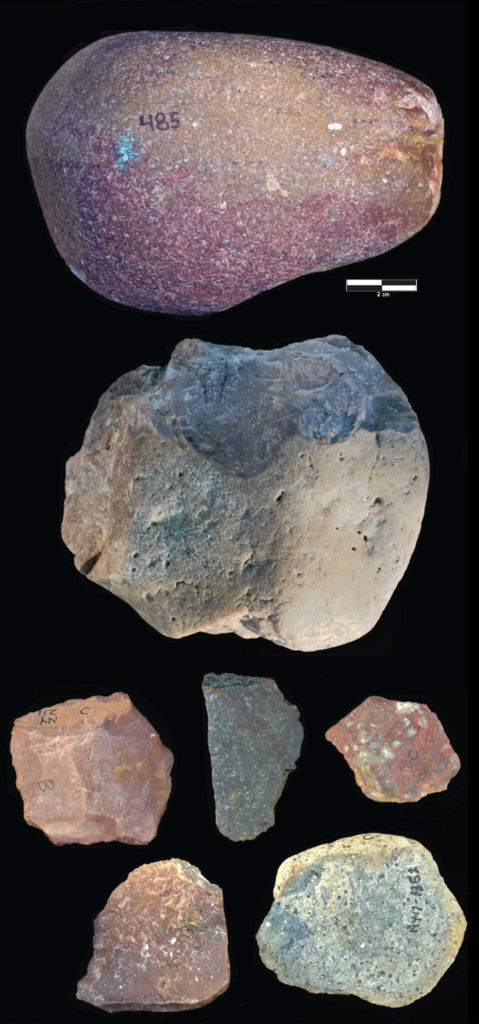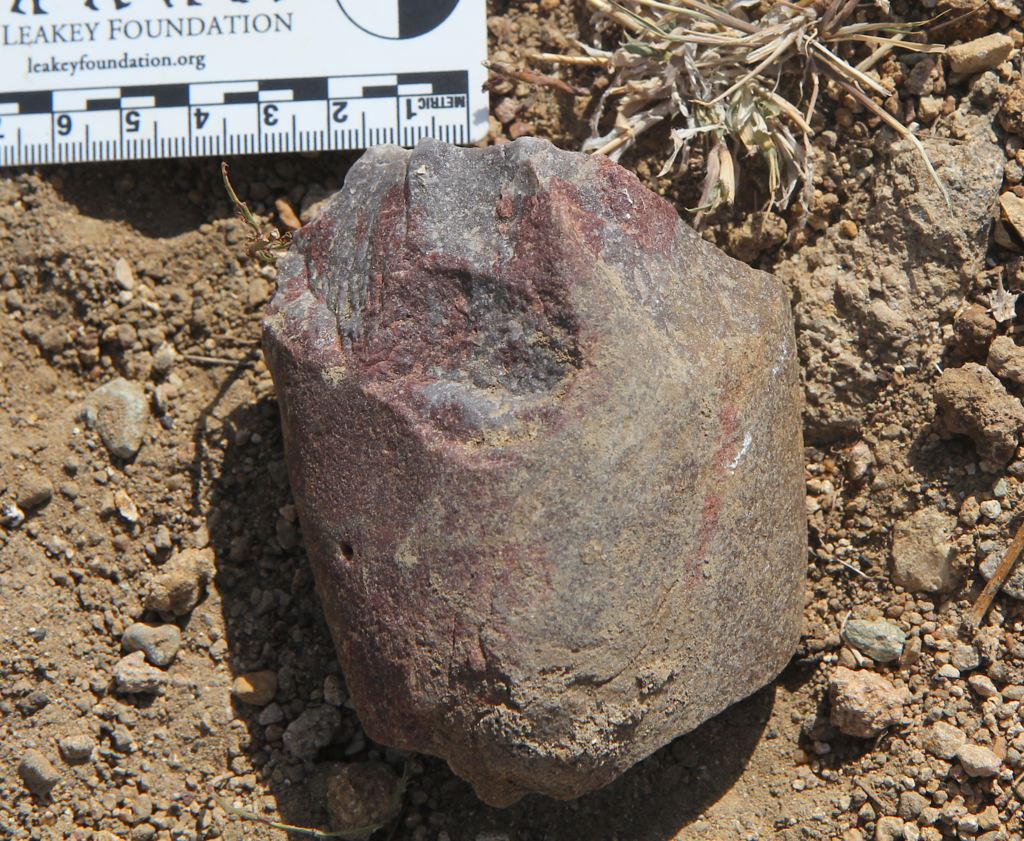
In Africa, the oldest examples of technological innovation
Nyayanga is an archaeological site on the Homa Peninsula in western Kenya, characterised by a rich environment of river and lake deposits dating back over six million years.
A new international study, in which the Department of Ancient World Studies of Sapienza University of Rome took part, documents the research conducted at this site, where the oldest examples of technological innovation, known as the Oldowan lithic industry, dating back some 2.9 million years, were found. The results of the work, published in the journal Science, enable the reconstruction of the paleo diet, as well as part of the geographical environment and ecosystem of hominids.
To carry out the research, the technological and functional characteristics of flakes, 330 lithic objects, mainly percussion tools and chips, were analysed and compared with those of artefacts from other Oldowan localities. In addition, 1776 bone fragments, including hippopotamus bone fragments, were studied.
"The excavations," says Cristina Lemorini of the Department of Ancient World Studies, "also allowed the researchers to discover two massive molars belonging to Paranthropus, whose evolutionary line is connected with that of the human species. The presence of this fossil evidence, together with the lithic industry, raises questions about which of our ancestors produced and used these objects: Homo or Paranthropus".
Analyses of traces of use, carried out at the LTFAPA - Laboratorio di analisi tecnologica e funzionale dei manufatti preistorici (Laboratory for Technological and Functional Analysis of Prehistoric Artefacts) of Sapienza's Department of Ancient World Studies, showed that our very ancient ancestors used these lithic tools to process a wide range of materials and foods, including plants, meat and even bone marrow.
References:
Expanded geographic distribution and dietary strategies of the earliest Oldowan hominins and Paranthropus - Plummer TW, Oliver JS, Finestone EM, Ditchfield PW, Bishop LC, Blumenthal SA, Lemorini C, Caricola I, Bailey SE, Herries AIR, Parkinson JA, Whitfield E, Hertel F, Kinyanjui RN, Vincent TH, Li Y, Louys J, Frost SR, Braun DR, Reeves JS, Early EDG, Onyango B, Lamela-Lopez R, Forrest FL, He H, Lane TP, Frouin M, Nomade S, Wilson EP, Bartilol SK, Rotich NK, Potts R - Science (2023) doi: 10.1126/science.abo7452.
Further Information
Cristina Lemorini
Department of Ancient World Studies
cristina.lemorini@uniroma1.it



